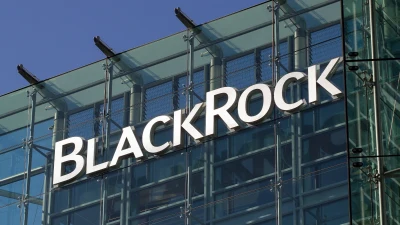To hedge or not to hedge?



Investors are becoming aware that with global exposure comes currency risk and how it is managed can have a significant impact on investment performance, according to Lonsec.
The research house said that the decision to hedge was not always clear and might depend on the investment period as well as where the currency was sitting to its long-term average, with the risk of leaving an investment unhedged to be greater when the AUD moved below its historical average.
“Given that 60 per cent of the MSCI World Index comprises US shares, Australian Investors tend to be most concerned with managing their AUD/USD exposure,” the firm said.
On the other hand, looking back five years, the AUD was at USD 1.02, or 27 cents above the long-term average so the decision to hedge at this point, an investment in global shares would have earned a return of 14.2 per cent per annum compared to a possible unhedged return of 17.7 per cent per annum.
Compared to the situation 15 years ago, when the AUD was at USD 0.61, or 15 cents below the long-term average, hedged returns would have earned 10.9 per cent versus unhedged returns of only 7.1 per cent per annum, Lonsec said.
“The hedging decision can often be a vital one. As the chart below shows, if you had invested $100,000 in global shares 15 years ago, your hedged balance would be $478,000, but your unhedged balance would be $293,000 (a difference of $185,000),” Lonsec said.

Recommended for you
Record flows into iShares ETFs helped BlackRock’s assets under management reach US$13.5 trillion in the third quarter, but it reported outflows from the APAC region.
Regal Partners has passed $20 billion in funds under management, helped by $723 million in net inflows during the last three months.
Global investment manager Fidante has formed a strategic partnership with a London-based asset manager to secure exclusive distribution rights across the APAC region.
Blackwattle Investment Partners has hired a management trio from First Sentier Investors – who departed amid the closure of four investment teams last year – to run its first equity income offering.











